/https://tf-cmsv2-smithsonianmag-media.s3.amazonaws.com/filer_public/76/43/76437619-9516-4ea4-9907-7a1480eaf661/20240417-817a9651-07rp-pygmy-slow-loris-teaser.jpg)
Every day at the Smithsonian’s National Zoo and Conservation Biology Institute brings new and exciting experiences.
This year has been filled with remarkable and heartwarming events involving both the animals and their dedicated caretakers. Let’s take a moment to reflect on some of the most incredible happenings from this year.
It’s a rare treat for visitors to encounter a petite, venomous creature, let alone two of them. This year, a pair of pygmy slow lorises—the only primates capable of producing venom—were welcomed into the world at the Zoo’s Small Mammal House. Their arrival is a significant boost for this endangered species, which faces declining populations due to wildlife trafficking and habitat destruction.
Inside a Rare and Life-Saving Cheetah Surgery
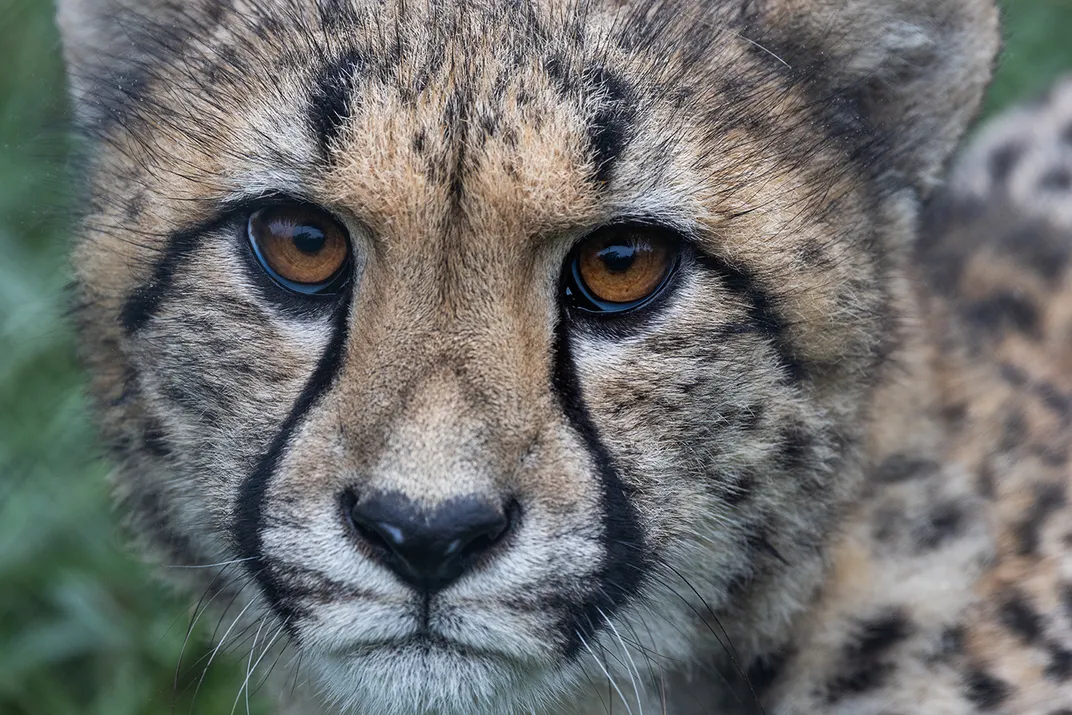
A cheetah’s spine should not be shaped like a C. When keepers noticed a bulge on nine-month-old cub Freya’s spine during a routine checkup, Dr. Kristina Delaski and her team recognized the urgency of the situation. Discover how a group of veterinary specialists utilized 3D modeling technology to provide Freya with a new lease on life at the Smithsonian Conservation Biology Institute earlier this year.
A Baby Boom at the Bird House
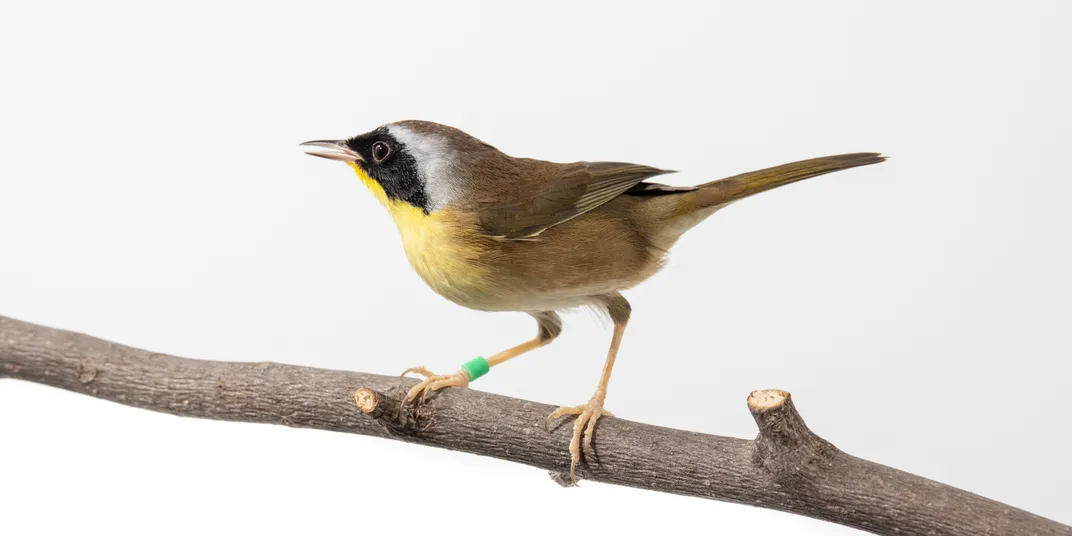
Did you know that the Bird House holds the unique distinction of being the only place in the world to successfully hatch the common yellowthroat? This year, in addition to these charming warblers, a total of 27 chicks from 9 different species hatched at the Zoo. With North American bird populations plummeting nearly 30% since 1970, Smithsonian staff are actively working to understand breeding patterns among songbirds and waterfowl to ensure their survival.
The Heartwarming Rescue of an Abandoned Baby Monkey
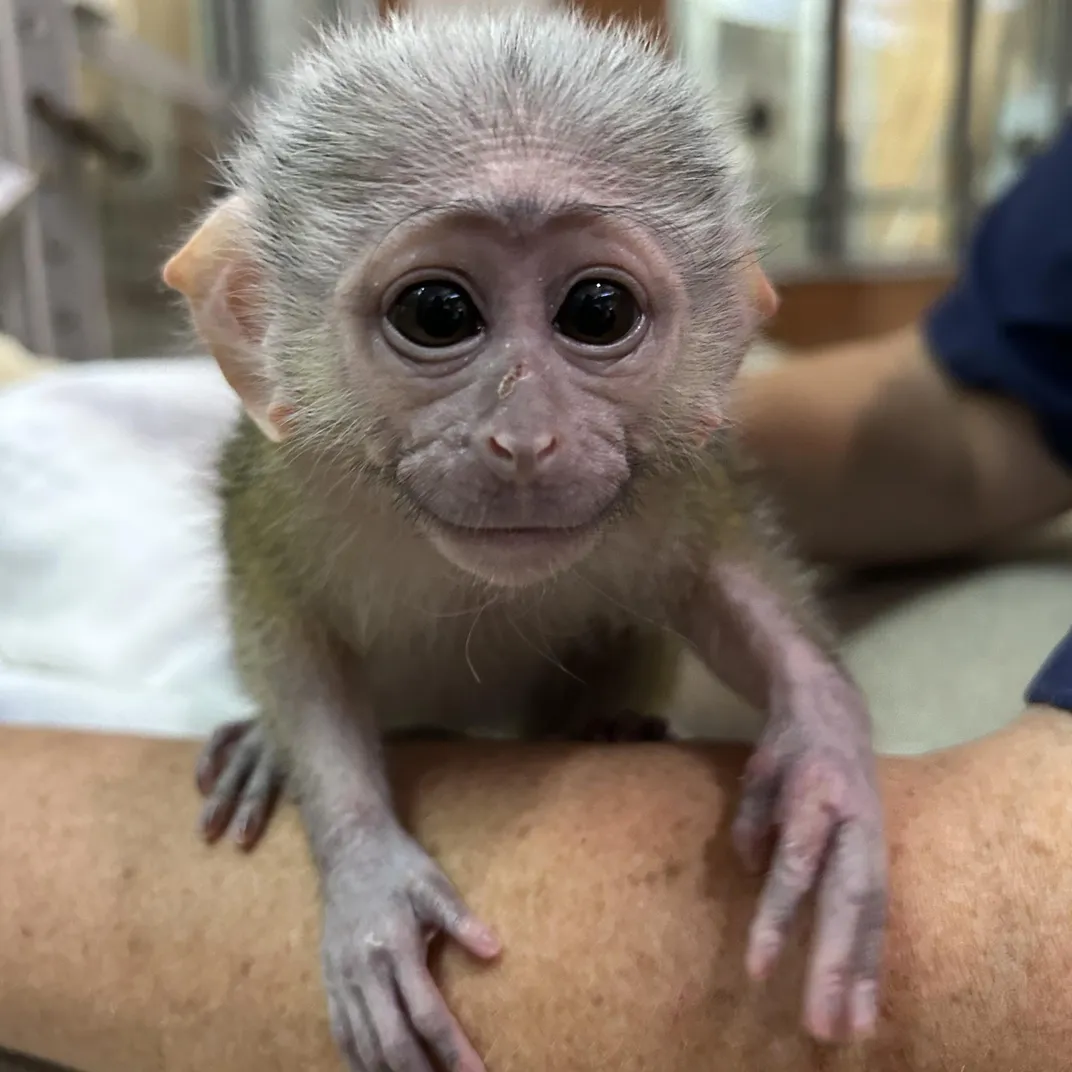
Shortly after his birth, little Edgar was rejected by his mother. This unfortunate reality can occur both in the wild and in zoos, where some mothers may lack the instinct to nurture their young. Recognizing the precarious situation, Curator of Primates Becky Malinsky rallied the Zoo staff to help Edgar, who is now thriving within the Allen’s swamp monkey troop at the Zoo’s Think Tank exhibit.
Nourishing the Zoo’s Insect-Eating Animals
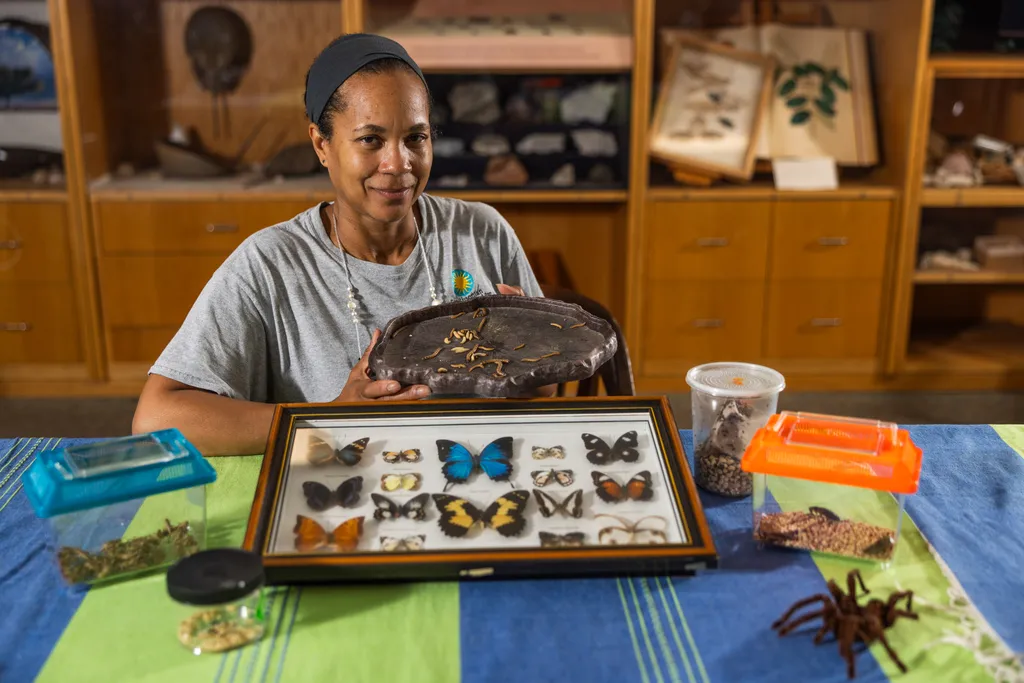
Insects are a nutritious and cost-effective food source that is always in demand. Peek behind the scenes as the zoo’s commissary team prepares and delivers thousands of these crunchy critters to feed the insect-eating animals at the Smithsonian’s National Zoo.
Caring for Animals with Impairments
At the Zoo, every animal receives specialized care, but some require additional support to remain healthy and active. Join the keepers at the Small Mammal House and American Trail as they tend to rescued animals such as Basil the opossum, Acadia the eagle, and Jo-Jo the seal.
New Giant Pandas Arrive at the Smithsonian’s National Zoo
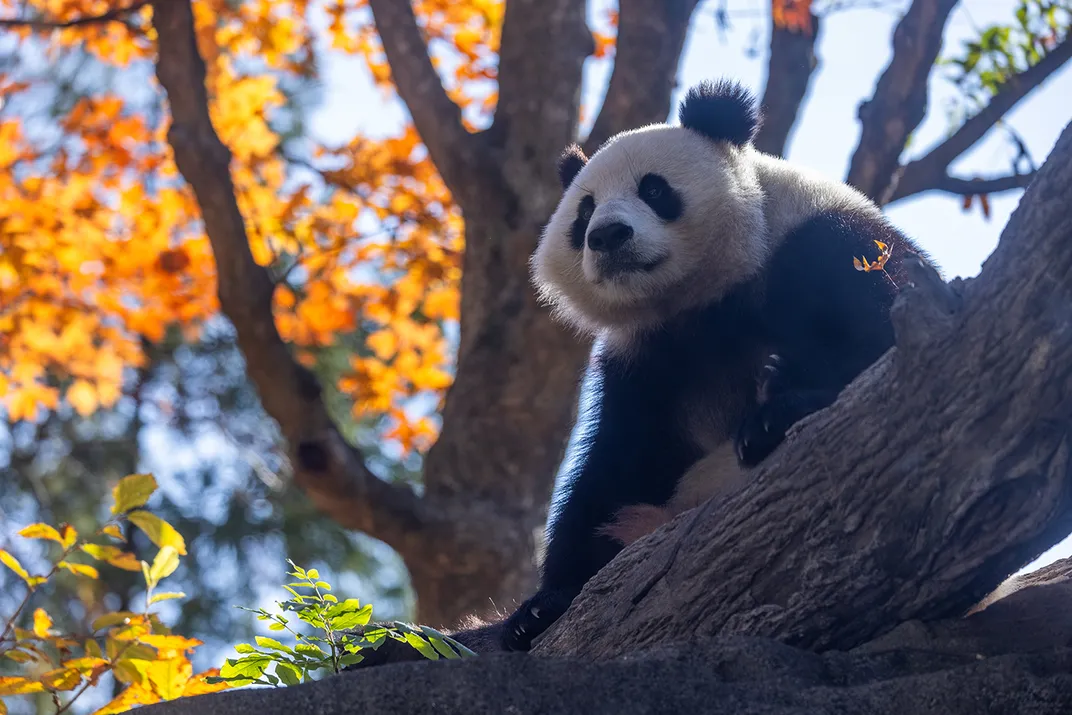
The Smithsonian’s National Zoo is thrilled to announce the return of giant pandas. After bidding a fond farewell to Tian Tian, Mei Xiang, and Qiao Qi Ji last fall, the Zoo welcomed a new pair of pandas from China on October 15. These 3-year-old pandas, Bao Li and Qing Bao, are currently getting used to their new environment and will make their public debut on January 24, 2025.
/https%3A%2F%2Ftf-cmsv2-smithsonianmag-media.s3.amazonaws.com%2Ffiler_public%2F76%2F43%2F76437619-9516-4ea4-9907-7a1480eaf661%2F20240417-817a9651-07rp-pygmy-slow-loris-teaser.jpg?ssl=1)


